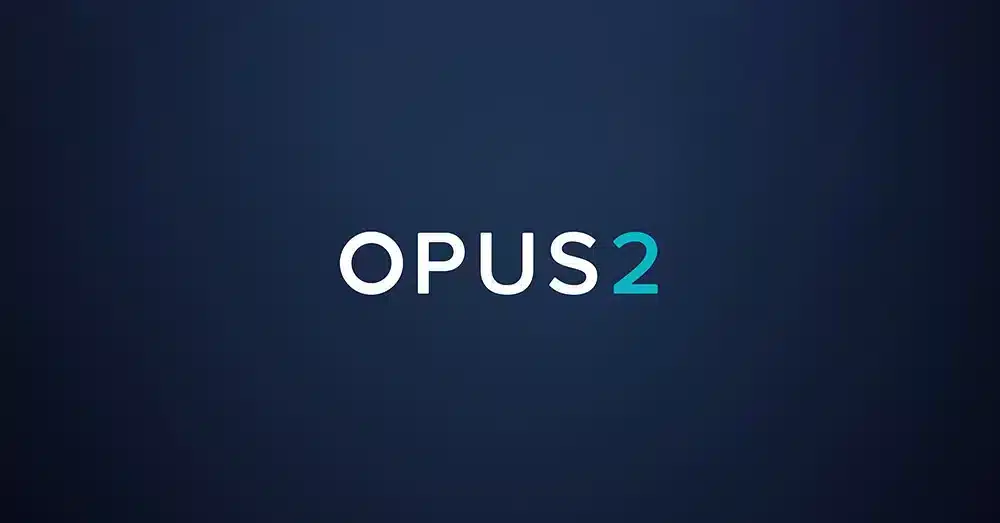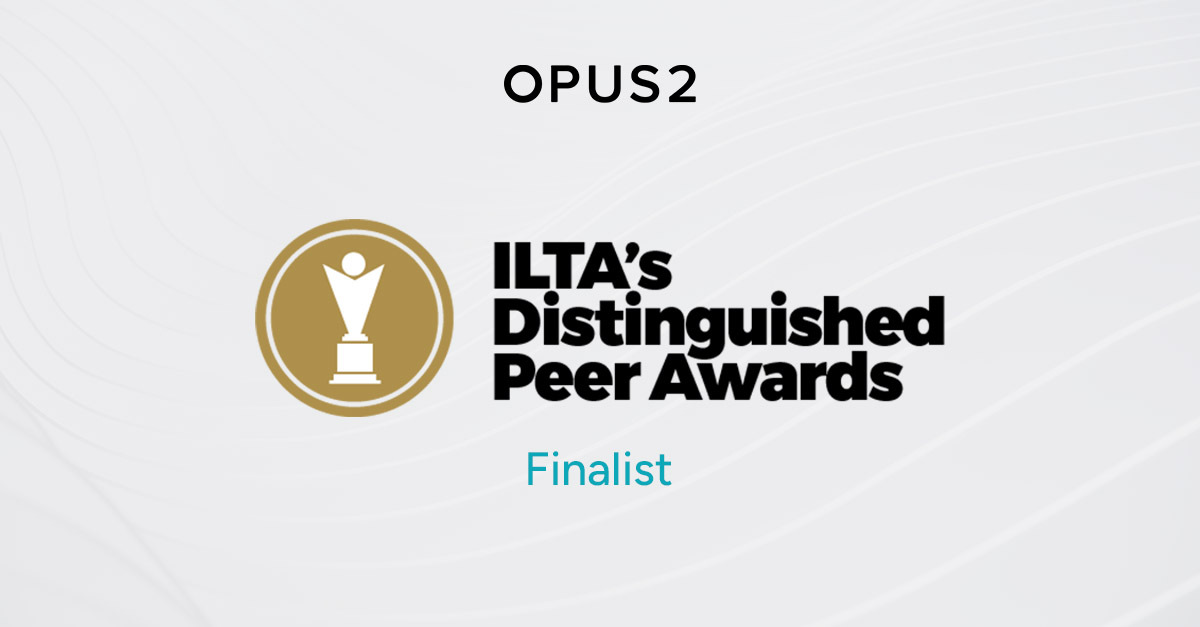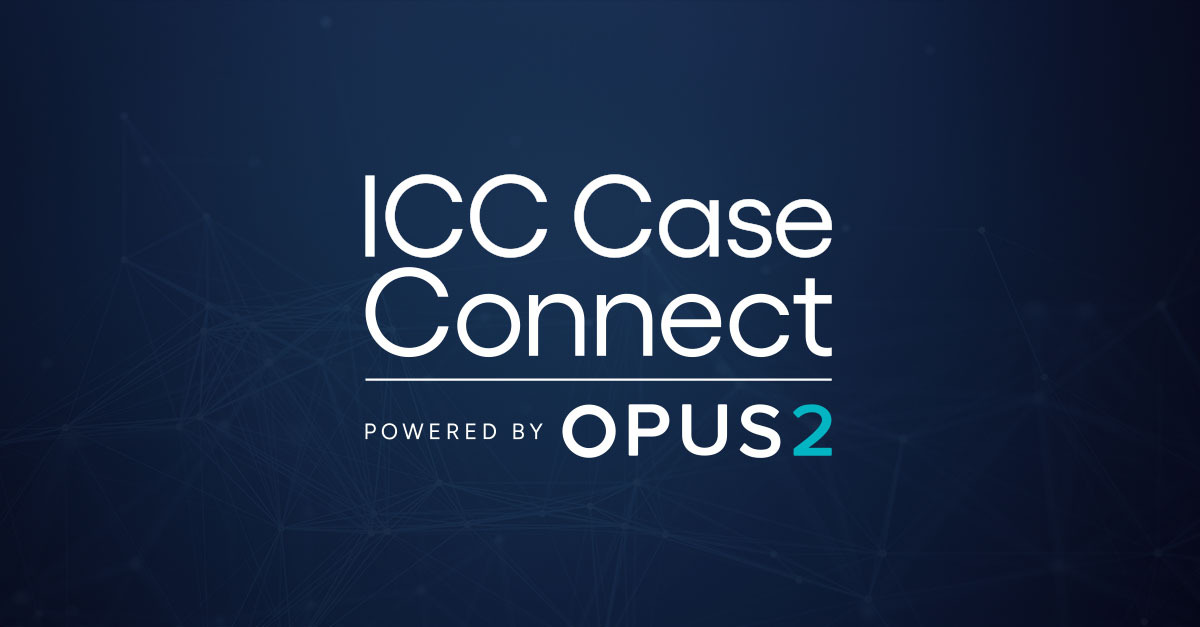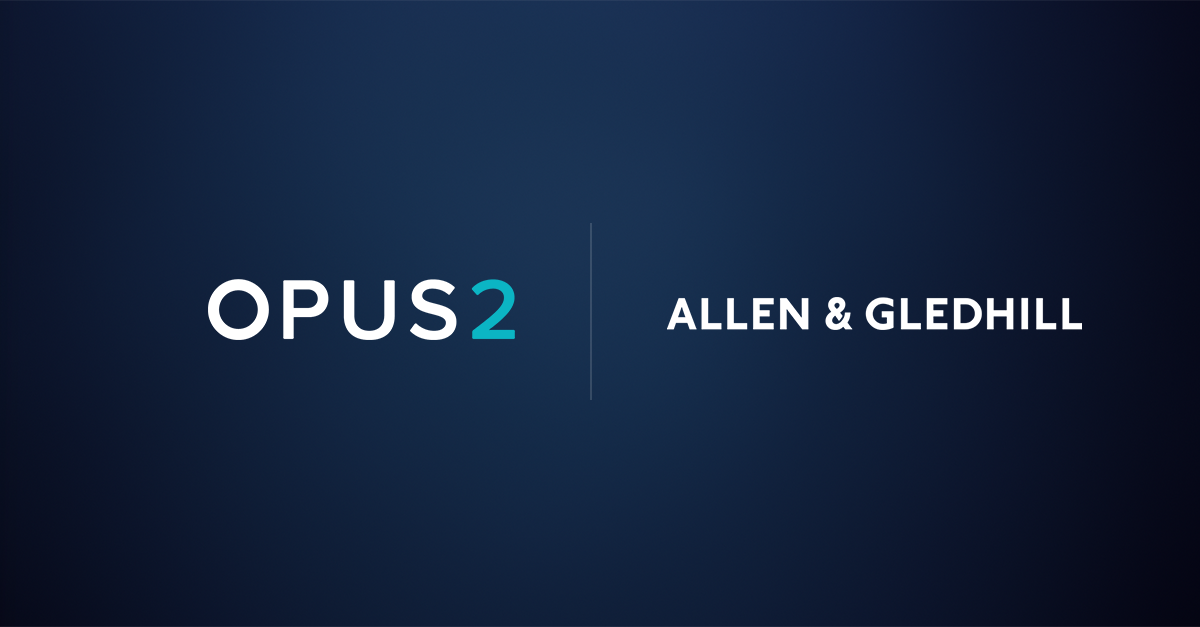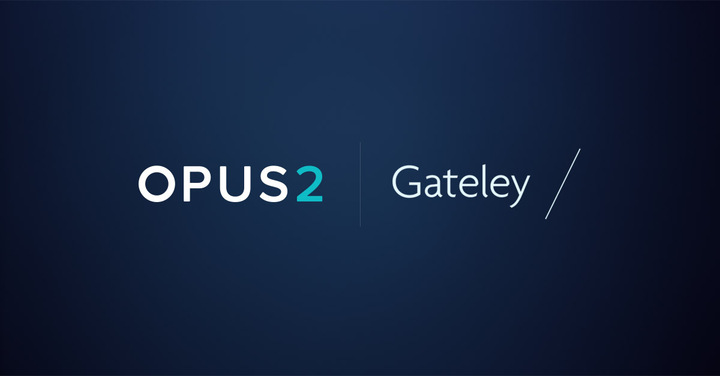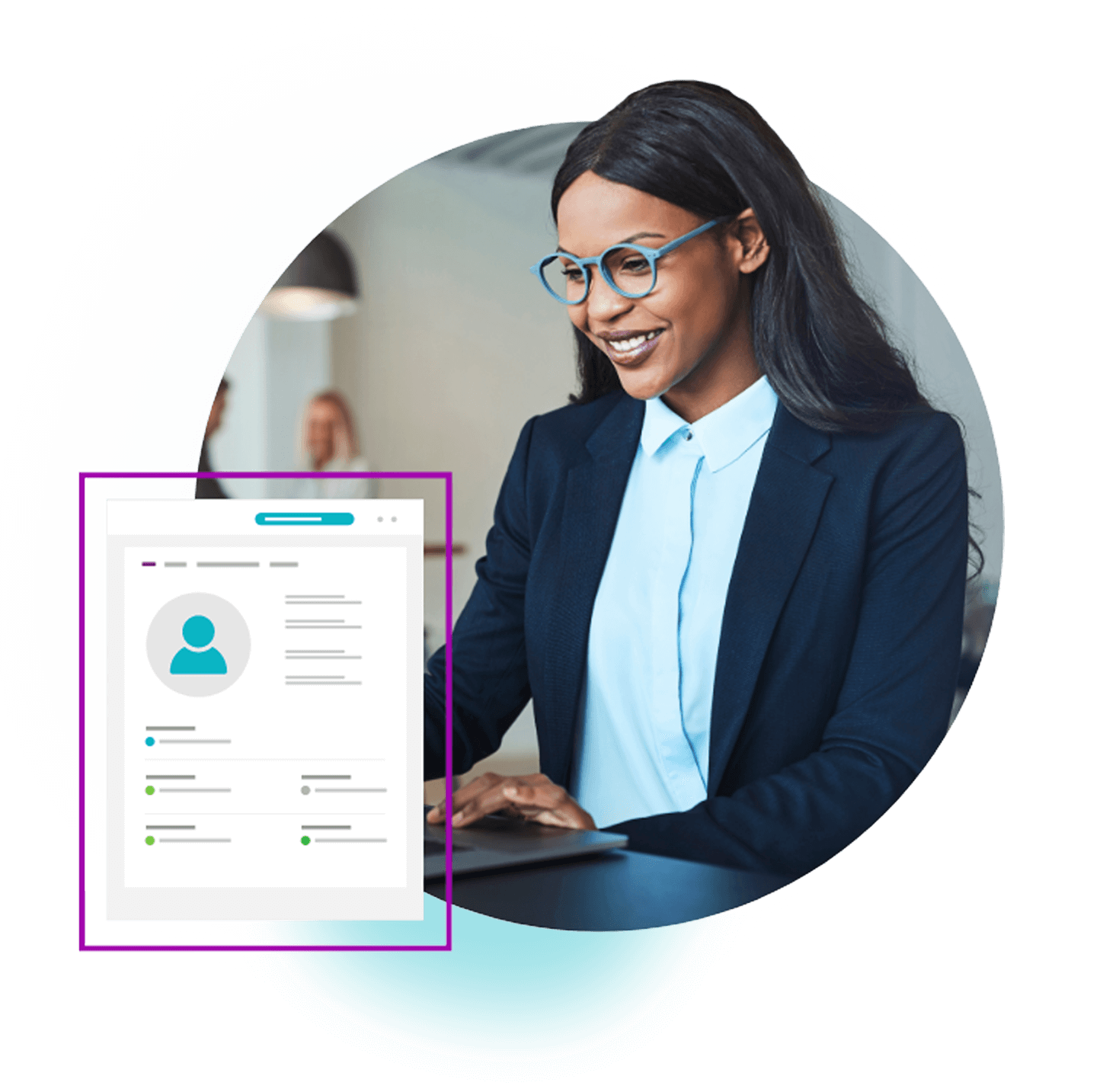The cast of characters in your case weave a complex web. To build an effective case strategy, you must understand how all of the parties, witnesses, and organisations are involved. In addition, you need to know how they relate to one another and the evidence. Establishing this comprehensive picture of the case is detailed and time-consuming work. For litigation and arbitration teams that manage that information in Word documents and spreadsheets, the task is daunting. But using technology like Opus 2 can help you create interactive, digital case profiles to collect and connect party, witness, and organisation information.
In this blog, we’ll share why being able to view case information within a party, witness, or organisation profile is so valuable. Additionally, we’ll explore how creating dynamic, interactive profiles in legal case management software helps your team prepare. Finally, we’ll offer an inside look at how Opus 2 Cases streamlines and automates profile creation.
Want to see case profiles in action? Check out this webinar: Party, witness, and organisation profiles made easy.
The value of organising information into profiles
Throughout the lifecycle of your case, you’ll need to be able to identify key people and organisations and quickly understand who they are and what role they play in the case. This is particularly important when annotating documents, reviewing witness statements, and building a case chronology.
While you may not need profiles in very simple cases, they are tremendously helpful when managing complex matters involving multiple parties, dozens of witnesses, and various organisations. These records help you understand at a glance who someone is and how they connect to the case.
Being able to filter through case information by profiles is also useful when witness proofing and conducting witness interviews. Additionally, in the United States, these profiles are instrumental when preparing for a deposition or managing deposition designations.
The challenges of managing profiles manually
As you begin building your case, it’s crucial to establish who is involved, what their role is and what information you need from them as you assess the case and build your strategy. After receiving your client instructions and conducting the initial meeting, you start the process of reviewing documents. During this review, if managing profiles manually, you’ll setup a Word document or spreadsheet to track the people and organisations involved as well as the documents that are relevant to them.
Making notes and documenting details
In the static documents, you may use comments in documents or PDFs or add sticky notes to hard copies to note questions to ask the client or flag connections to other individuals or companies in the case. For example, you may need to note who signed a contract or who attended a board meeting on a specific date. Creating and keeping track of these notes and later relating them to your list of profiles is difficult and introduces the potential of error or oversite.
Managing complex cases
Tracking this information is vital to understanding the factual matrix of a case. Class action cases or matters with many litigants can make this process challenging. Similarly, when managing complex tort litigation involving many experts, you’ll need to track their details, areas of expertise, and how they have testified in the past.
Finding the underlying documents referenced in profiles
When using Word or spreadsheets to track this information, it’s difficult (or impossible) to link the to the underlying documents referenced. This manual approach also makes building case chronology and timelines a challenge. You can add chronology events to your character and organization document, but it soon becomes very unwieldy. Or you can create a separate document to build a chronology and try to cross reference the two.
Building bundles and avoiding version issues
After you’ve created your profiles and begin using them for various purposes and collaborate with other team members, duplication and version control may become a challenge. For example, you may share one version of the character profiles amongst your team, one version with a barrister and one in discussions with the client. You may also create yet another for the court in the form of a dramatis personae if and when the case goes to trial. While many teams use this manual approach to build, collaborate on, and share character profiles, it may require hours of detailed focus – time that could be better spent on other tasks.
Leveraging technology to streamline profile management
Designed to streamline the litigation lifecycle from beginning to end, legal case management software offers a way to gather and use party, witness, and organisation information in far less time. In Opus 2, the Characters tool empowers you to record key details, organize, and filter profile information intuitively – all while performing your initial document review.
Organising and linking profiles for quick navigation
These digital profiles link with related elements like chronology events, annotations, and the underlying evidence. This makes making navigating your case information much faster. Using profiles, you can also quickly create bundles or binders for each specific witness, a necessary process in litigation and arbitration matters.
Searching a single source of truth
Finding information related to the parties, witnesses, and characters in your case is much faster using the Characters tool. You can quickly apply a role filter to identify relevant profiles and view a full list of all the factual witnesses. This allows you to create different versions of the characters list while still maintaining a single source of truth and avoiding version and duplication issues.
Onboarding new team members
Because the case management platform centralizes the entire litigation lifecycle, it makes onboarding new team members faster. Attorneys brief themselves using centrally stored profiles, chronologies, and documents. At a glance, they can view who is involved in the case, their role, how they relate to events in the underlying documentary evidence. This is particularly useful in long and complex cases where team members often change.
Getting a comprehensive view
Rather than sifting through endless notes and details, interactive profiles enable you to see the complete picture with more clarity. This comprehensive view surfaces patterns and uncovers important aspects of the case that you might otherwise miss.
Tracking document distribution
As you prepare for trial, it’s important to track who had been sent which documents and when. When working with multiple team members, who all may save documents in different places, this can be a challenge to track manually. Then, you may have to use yet another application to put those documents together to later. A complete, centralised case management platform solves for this storing these documents and enabling them to be gathered in linked bundles to share easily.
Witness interview and deposition preparation
Profiles simplify the process of preparing for an interview or deposition. In addition to centralizing relevant documents and events, you can record important details about the process. For example, you can record the interviewer, time of the interview or deposition, the status, translation needs, and witness availability.
Here’s what that looks like in action. You can watch the full webinar to see how Opus 2 streamlines party, witness, and organization profile management.
Selecting the right solution
Making connections is an essential part of building a winning case. Fortunately, legal case management technology ensures you see the full picture. If you’re ready to upgrade your case management processes from Word documents and spreadsheets, here are a few things to look for in a solution:
- Party, witness, and organization profiles that link to case chronology and documents
- Flexibility and customization that adapts to your unique workflows
- AI-assisted document analysis to quickly surface insights
- Centralised workflows for chronologies, profiles, and bundles
- Cloud-based solutions for real-time collaboration
If you’re ready to see how Opus 2 Cases can deliver value to your team, request a demo.
